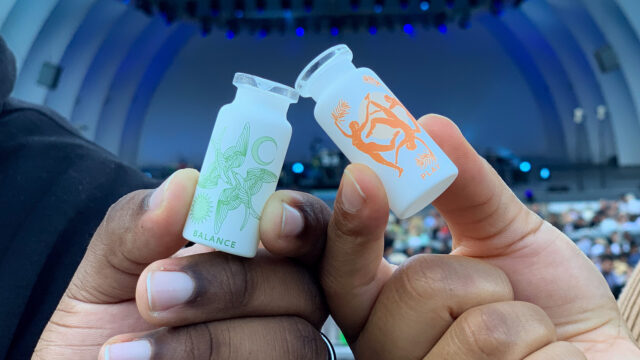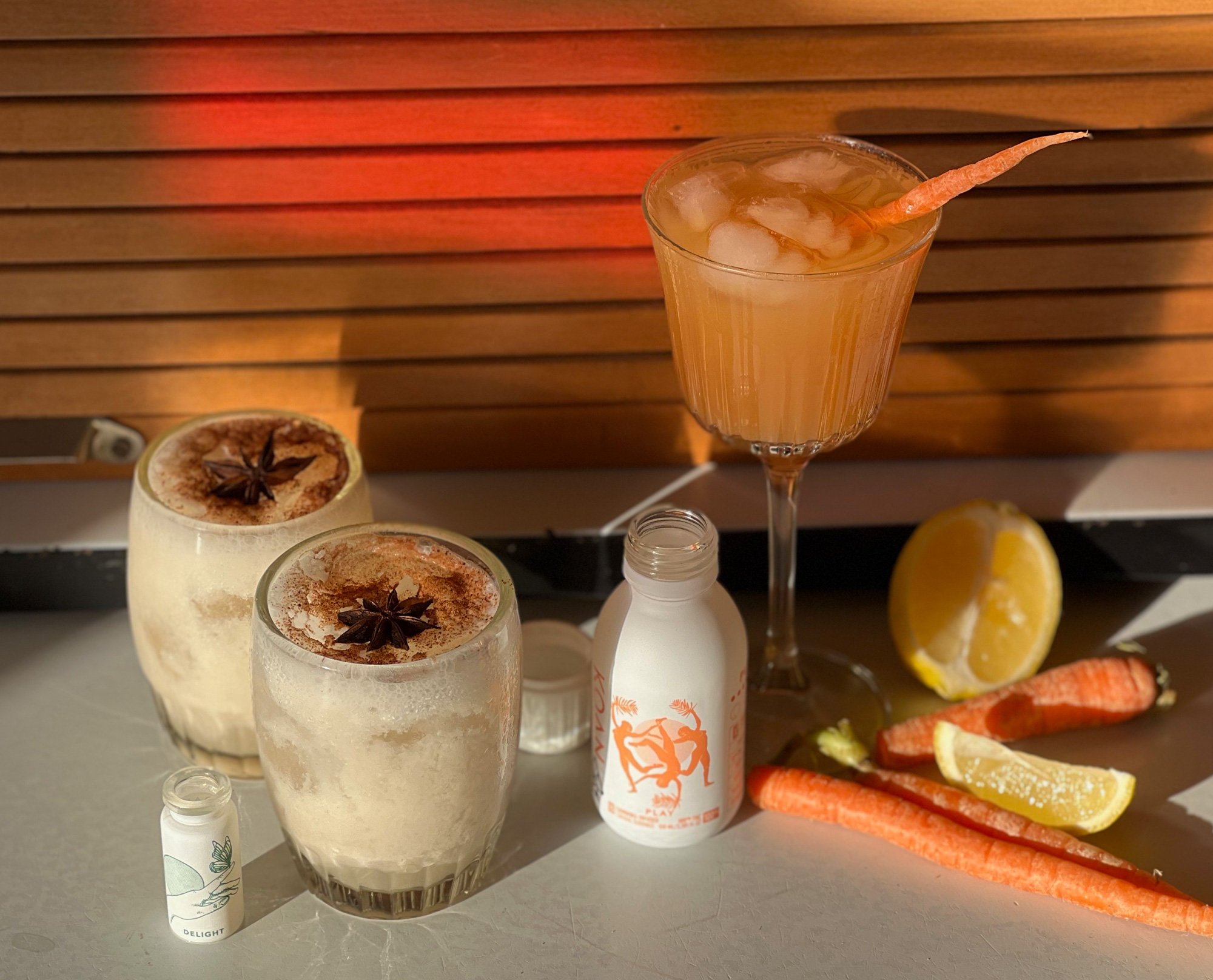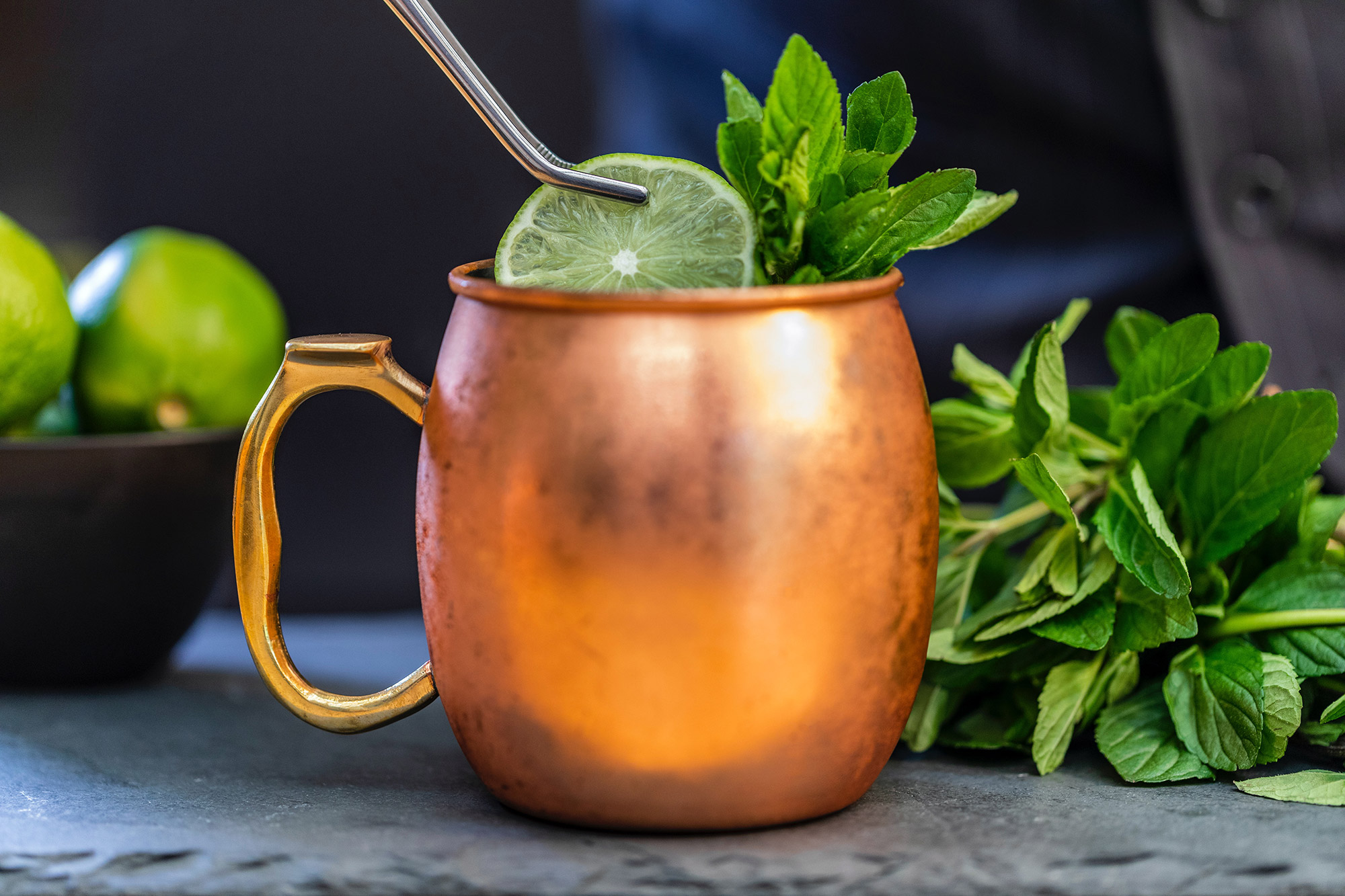High THC vs. Low THC – Is Higher THC Better?

Table of contents
- More May Not Always Be Better
- Defining High THC Concentrations
- Cannabis and the Biphasic Effect
- So, Will I Get Higher from Consuming More THC?
- How Do I Figure Out the Best THC Dosage for My Needs?
- Keep a Journal
- Low and Slow
- Don’t Forget Other Cannabis Constituents
- Use Accurate and Consistently Dosed Products
- How Do I Get Consistently Dosed Cannabis?
- The Best Dose is What Works Best for You
More May Not Always Be Better
As more states adopt medical and recreational cannabis programs, it should come as no surprise that the pool of product options will continue to grow at an exponential rate. As of 2021, the legal cannabis industry was estimated to be valued around $28 billion and forecast models project it to continue its upward growth, reaching $200 billion by 2028. With this type of market expansion, growers and brands are striving to provide consumers with the heaviest hitting cannabis products possible. This race to having the highest THC concentration is further expedited by improved cultivation practices, better genetics, and advanced technology granting the ability for extraction facilities to isolate and extract higher THC concentrates. However, this may not be an ideal approach to product improvement.
A common misconception by not only consumers, but brands and growers as well is that “more THC means a more intense high”, but as research is beginning to show, more may not always be better. In fact, many researchers are suggesting that there is a degree of diminishing returns when it comes to THC concentration. Even more interesting, there may be ways to better dial in your perfect high using mid-range THC concentrations combined with other cannabis constituents like terpenes and minor cannabinoids. This approach could not only save you money from purchasing high THC products, but it may also help mitigate some of the potential adverse effects of high THC consumption, like anxiety.
Defining High THC Concentrations
With cannabis use being a very personal and unique experience for each consumer, discussing what will work best for you based on the consumption habits of others can be a difficult conversation. Variables like tolerance, metabolism, diet, genetics, and other factors all play a role in how THC affects you. Even if we consider two people who are roughly the same weight, it is totally plausible that 10mg of THC causes noticeable effects in one person, but the other person hardly feels anything.
The reason we wanted to highlight that is to instill the mindset that low, medium, and high levels of THC are ultimately a subjective measurement. That said, there are generally accepted dosage amounts that can at least provide a foundation of knowledge that individuals can build from.
As a rough foundation, canna-consumers can consider the following when determining the THC concentration range that their cannabis flower THC falls into:
| THC Concentration (Flower) | Range |
| <10% | Low |
| 10 – 17% | Medium |
| 17 – 25% | High |
| >25% | Very High |
Being that edible cannabis products are metabolized differently (check out our first timer’s guide to cannabis-infused edibles), users should consider the chart below when developing an idea of where their infused edible falls in terms of THC concentration.
| THC Concentration (Edibles) | Range |
| <2.5mg | Low |
| 2.6 – 7.5mg | Medium |
| 7.6 – 10mg | High |
| >10mg | Very High |
Remember, this is not a one-size-fits-all reference and should only be used as a starting point when establishing where your product falls into the mix. Additionally, cannabis concentrates like vapes are in a category of their own that can vary greatly depending on the product blend. It is important to remember that it is completely plausible for a medium THC product that is properly dosed and blended with terpenes and other cannabinoids to provide a better experience than one that falls into the very high category.
Cannabis and the Biphasic Effect
Like many allopathic medications and even recreational products like alcohol, cannabis produces what is referred to as a biphasic effect. A compound that produces a biphasic effect simply means that lower doses may alleviate or reduce a specific symptom, but a higher dose of the same compound actually amplifies the symptom that was reduced at lower doses. In other words, the term biphasic effect is the science community’s way of saying less is more. An example of this would be someone who uses a small dose of cannabis to relax, but finds that a large dose of cannabis actually causes anxiety.
So, Will I Get Higher from Consuming More THC?

Not exactly. Researchers at the University of Colorado Boulder conducted a study of 121 cannabis users in an attempt to answer this question. Researchers conducted this trial by administering cannabis products that ranged from 16 – 90% THC concentration to participants then evaluating neurobehavioral patterns, verbal and memory recall, and proprioception-focused stability [balance]. What they discovered was that “potency did not track with intoxication levels” [2] according to lead author of the study, Cinnamon Bidwell. Although participants who received higher concentrated products expressed a significantly higher level of THC in their blood, they didn’t necessarily perform worse than those who received cannabis with a lower THC concentration.
In addition to evidence showing that consumption of more THC not leading to a user getting higher, some researchers also suggest that consuming larger doses of THC can lead to a greater chance of undesirable effects. We also know that the FDA approved medication Marinol (dronabinol) which is a “pure” biosynthetic THC, maintains a long list of undesirable adverse effects. This is further evidence that trying to find a product that is as close to “pure” THC as possible, probably isn’t going to deliver the experience you desire.
Although more research is needed before the science community can pinpoint determining factors in studies like the one conducted by CU Boulder, it does further progress in understanding that there seems to be a sweet spot in terms of THC concentration. However, finding this sweet spot is still very much a personal trial and error process.
How Do I Figure Out the Best THC Dosage for My Needs?
A little work on your end will go a long way in terms of dialing in your relationship with cannabis. You will likely find that THC dosage is just one piece of the puzzle. We recommend incorporating the following steps into your routine to determine the optimal cannabinoid and terpenes for your preferred experience.
-
Keep a Journal
Don’t worry, this doesn’t have to be a daily Dear Diary task, but we all know that data is vital in scenarios like this. Using a notebook or your phone, simply make a note each time you consume cannabis and include details like dosage, time of day, effects, product type, and how you felt. After you gather enough data, you’ll be in a much better position to look back and determine what dose and products seem to work best for you.
-
Low and Slow
You’ve heard it a million times, but it is vital to finding your optimal dosage. Beginning with a low dose and slowly working your way up will not only help you dial in your cannabis experience but will also help mitigate the chances of adverse side effects from overdoing it.
-
Don’t Forget Other Cannabis Constituents
As we continue to increase our knowledge of how THC affects us, we have discovered that other cannabinoids like CBD also play a role in the effects of cannabis. In fact, CBD used alongside THC has shown to be more conducive to cognitive function than THC alone. This isn’t the only study that explored CBD use with THC. A trial conducted by University College London reported that CBD can reduce impairment caused by cannabis [THC] and a study exploring how CBD can buffer the effects of THC suggests that “CBD restores disruption of the salience network by THC” [6]. Additionally, terpenes also likely affect how we react to THC, which we have an excellent guide to incorporating terpenes into your next cannabis purchase.
-
Use Accurate and Consistently Dosed Products
It may sound obvious, but unfortunately the majority of legal cannabis products available are not consistently or accurately dosed from batch to batch. This means if you don’t know exactly what you’re getting, then you’ll never really be able to determine what works best for you. The first step to combating this issue is ensuring that your cannabis product’s brand can provide a batch specific certificate of analysis (COA). Always feel free to ask a budtender for help interpreting a COA if you aren’t comfortable doing so yourself.
How Do I Get Consistently Dosed Cannabis?
When it comes to many products, you simply can’t. This isn’t necessarily a malicious tactic by cannabis brands, it is just a matter of the logistical hurdles behind being able to provide a full panel COA for each individual batch or in the case of flower, the fact that two buds will likely never produce identical cannabinoid and terpene profiles. Until relatively recently, finding a consistently dosed cannabis product was practically impossible, but with advances in production technology, consumers now have options that will deliver the same predictable results from batch to batch.

Brands like Koan have removed much of the guesswork from the process of creating a relationship with cannabis and sprinkled in some convenience for good measure. Their single-serving Koan Cordials have become the latest tool that canna-consumers are flocking to. Koan Cordials, which are available in a variety of experience focused blends, are produced with laboratory precision dosing of not only cannabinoids, but terpenes as well. Due to their consistent and accurate dosing, which can always be verified by third-party lab COAs, they not only give the user the ability to choose their experience, but they grant the ability to repeat it as well.
Koan can be found in licensed dispensaries and if you’re a California resident, they can also be purchased online and delivered right to your front door. If you’re trying to sort out your ideal cannabis dosing protocol, it is probably worth checking out their Experience Bundle, which includes their current full product suite of six blends (three servings of each), as well as an additional freebie. This bundle includes their entire range of THC and CBD dosages and ratios, an excellent jumping off point for the consumer who is ready to dial in their cannabis experience. If you’re not ready to commit to the bundle package, Koan is launching singles for purchase in February 2022, giving users the ability to further customize their experience.
The Best Dose is What Works Best for You
While everyone has an opinion on what cannabinoid dosage works best, it is important to remember that ultimately, the optimal dose of THC — or any cannabinoid or terpene — is one that best delivers the effects that you’re seeking. Everyone is unique, and cannabis affects each of us in different ways, but if you take your time to develop a relationship with cannabis, you will find that the rewards are sustainable for a lifetime.
This article is for informational purposes only and not to be used as medical advice. Please speak with a medical professional before making any changes to your diet, medications, or daily routine. These statements have not been evaluated by the FDA. These products are not intended to diagnose, treat, cure, or prevent any disease.
References:
- https://pubmed.ncbi.nlm.nih.gov/28599212/
- https://www.colorado.edu/today/2020/06/10/marijuana-concentrates-sharply-spike-thc-levels-dont-necessarily-get-users-higher
- https://jamanetwork.com/journals/jamapsychiatry/fullarticle/2767219?guestAccessKey=3c2f6e78-f462-4f84-9730-6a3d5e97daa0&utm_source=For_The_Media&utm_medium=referral&utm_campaign=ftm_links&utm_content=tfl&utm_term=061020
- https://www.biorxiv.org/content/10.1101/2020.11.20.391805v1
- https://medicalxpress.com/news/2019-04-cbd-impairment-cannabis.html
- https://pubmed.ncbi.nlm.nih.gov/31013455/
- https://www.rxlist.com/marinol-side-effects-drug-center.htm


